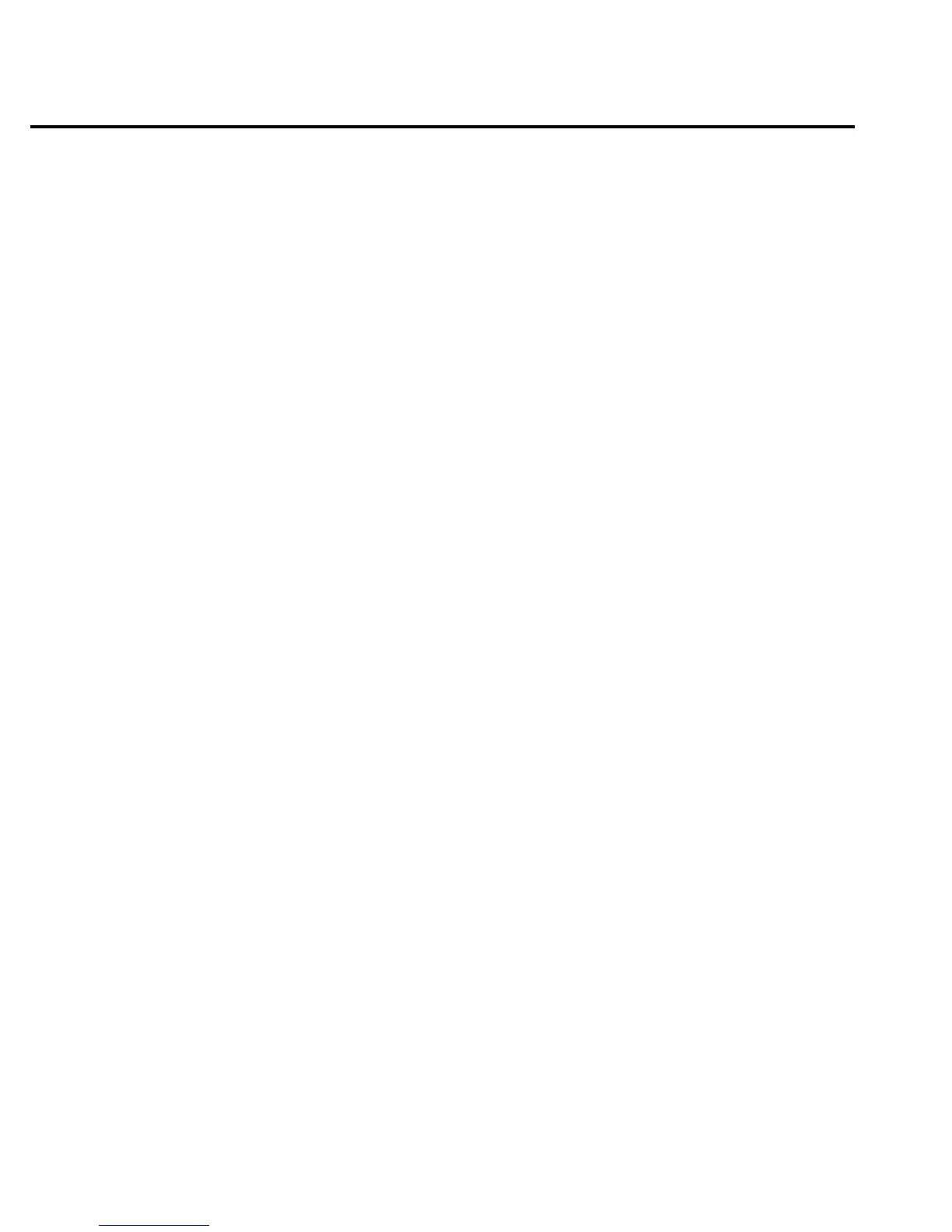• Parameter types — The following are some of the common parameter types:
<b> Boolean — Used to enable or disable an instrument operation. 0 or OFF
disables the operation, and 1 or ON enables the operation.
:CURRent:AC:RANGe:AUTO ON Enable autoranging
<name> Name parameter — Select a parameter name from a listed group.
<name> = NEVer
= NEXT
:TRACe:FEED:CONTrol NEXT
<NRf> Numeric representation format — A number that can be expressed as an
integer (e.g., 8) a real number (e.g., 23.6) or an exponent (2.3E6).
:SYSTem:KEY 16 Press TEMP key from over the bus
<n> Numeric value — Can consist of an NRf number or one of the following
name parameters: DEFault, MINimum, or MAXimum. When the DEFault
parameter is used, the instrument is programmed to the *RST default value.
When the MINimum parameter is used, the instrument is programmed to the
lowest allowable value. When the MAXimum parameter is used, the
instrument is programmed to the largest allowable value.
:TRIGger:TIMer 0.1 Sets timer to 100 msec.
:TRIGger:TIMer DEFault Sets timer to 0.1 sec.
:TRIGger:TIMer MINimum Sets timer to 1 msec.
:TRIGger:TIMer MAXimum Sets timer to 999999.999 sec.
<list> List — Specifies one or more switching channels.
:ROUTe:SCAN (@1:10) Specify scan list (1-10)
:ROUTe:SCAN (@2,4,6) Specify scan list (2, 4, and 6)
• Angle Brackets < > — Used to denote a parameter type. Do not include the brackets in
the program message.
:HOLD:STATe <b>
The <b> indicates that a Boolean type parameter is required. Thus, to enable the Hold
feature, you must send the command with the ON or 1 parameter as follows.
:HOLD:STATe ON or 1
4-28 Remote Operation
